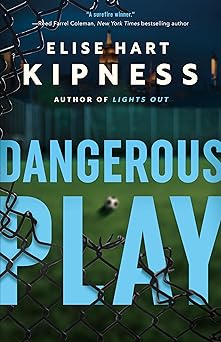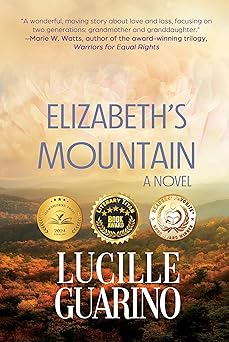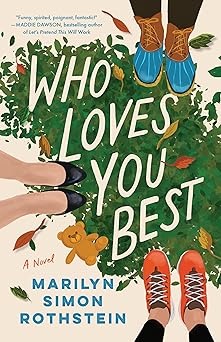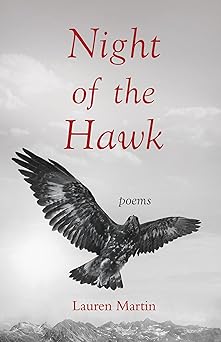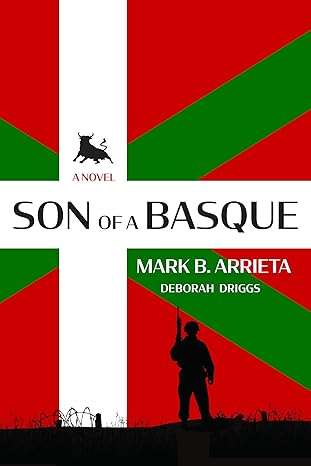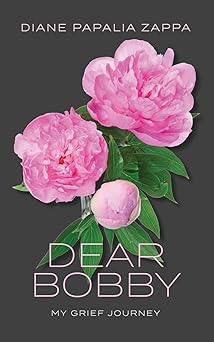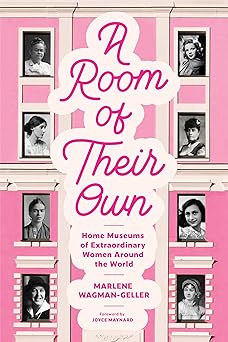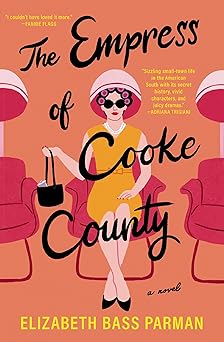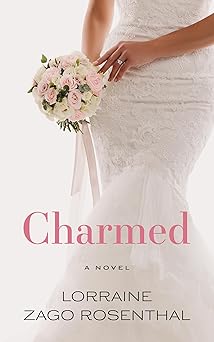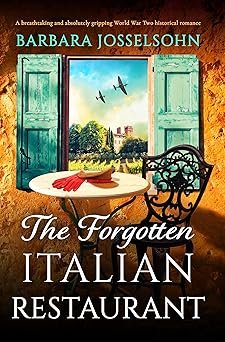INSPIRATION FOR THE SOLITARY SPARROW: I DIDN’T MAKE THE BOOK. THE BOOK MADE ME.
Okay. Stay with me. This is complicated.
I never intended to write historical fiction. I was going to write The Great American Novel, a masterpiece of contemporary fiction, one that would blow the pants off NYC publishers and the Pulitzer Prize bigwigs. After college, however, the urge to pay the light bill, not to mention the rent and car payment interfered with creativity. I got a job as a news reporter. As a side gig, I wrote short stories and went to countless fiction workshops and conferences. I started fiction novels and shoved them in a drawer. I got married. Had two daughters. Free-lanced for newspapers. Shoved more work in the drawer. Then one summer day I opened a big non-fiction book and my life changed.
A little back story here: By this time, I was in a real funk. It was 1988. I was angry at the way women were (and still are) treated by the male patriarchy, by husbands, pastors, doctors, professors, and used car salesmen, not to mention the rest of the male universe. Women’s studies were hot. Self-help books flew off the shelves. And women’s history was radicalized. Old dead white men no longer monopolized history books. Women, those anonymous souls who were shut down, silenced, and lost to history were now gaining fame.
One day I visited a local bookstore specializing in women’s issues. I moved down the rows, not finding exactly what I wanted. Then I saw it – Barbara Tuchman’s A Distant Mirror: The Calamitous 14th Century, winner of the 1980 National Book Award. While the book examined big picture topics like war and chaos, it also covered the small personal rhythms of domestic life, marriage and childhood. I usually don’t buy hardbacks – too expensive – but this one refused to leave my hands.
When I got home I took my daughters to the local swimming pool and while they swam, I opened Tuchman’s book. It was fascinating. I read more. I looked up . . . checked the swimming pool . . . my children were still alive. I fell into the dream again. And then, as if by magic, Meg of St. Michael’s Mead popped into my head, fully formed, rarin’ to show the world that a 14th century deformed village girl could fight the patriarchy and, if not win, at least fight on her own terms and win it her way. Meg left me breathless. That night I started writing her story.
Then Life happened.
Twenty years passed. During that time I got divorced. Worked two jobs and sometimes three. I went back to school. Got a second BA, then journeyed to the UK where I got my master’s degree in medieval archaeology. Despite everything, I continued to write Meg’s story now called The Maid of St. Michael’s Mead. I was thrilled when other characters jumped in and demanded their turn. I immersed myself in research, fascinated by the turbulent 14th century which mirrored the cultural storms we’re living through now.
While I worked at various jobs and wrote, my children grew to young adults. They witnessed the evolution of Meg’s story. They knew she occupied an omnipresent part of my imagination. (In fact, when calling my daughter one night, I yelled, “Meg, dinner is ready!” My daughter’s name is Meredith. She understood.)
I spent years struggling with the book – switching from first person to third, deleting characters, axing a dual timeline at the last minute, scrubbing unworkable plots, and cutting more than 40,000 words ten days from my publisher’s deadline. It was a stressful, scary time.
In the end, I had one finished book and three works-in-progress in a series. My agent (ex-agent, sad story for another day) suggested I use The Margaret Chronicles for a series title. But what should I call the first book?
To be honest, I don’t know how I found the title—or it found me. I remember writing a scene in Book Three where Meg reads to a dying woman from her Psalter, a small private devotional filled with psalms and other religious material. I couldn’t decide which psalm Meg should read. I needed to quote the psalm. But which one?
I read more than 100 psalms before I found the perfect fit. Psalm 102 is the cry of someone distraught, just like Meg and her dying patient. “I am like a pelican of the wilderness,” the verse reads. “I am like an owl of the desert. I watch, and am as a sparrow alone upon the house top.” The titles for the first three books in the series jumped out at me. It was a thrilling moment, one of those strange coincidences that make the hair stand up on your neck.
The first book of the series is now called The Solitary Sparrow. The pelican will be Book Two, the owl will be Book Three, and The Maid of St. Michael’s Mead will be Book Four. All the covers will feature birds taken from illuminated manuscripts to express the theme. The books make up a series titled The Margaret Chronicles.
In February 2024, Meg finally came into the world as the protagonist of The Solitary Sparrow. If Barbara Tuchman were alive, I would send her a copy.
I know it seems strange to work on a book for 38 years, and more. Believe me, there were days when I felt like shoving it in the drawer with the other losers. But I couldn’t stop. I couldn’t NOT do it.
The further adventures of Meg and her pals are outlined and partially written. All the characters and their journeys are firmly ensconced in my brain. I know where they are going and where they are ending up. I’ve just got to get them there.
—
Lorraine Norwood would love to hop on the Wayback Machine and visit the medieval period as long as she can take a boatload of antibiotics with her. She has participated in archaeological digs in England where her most memorable excavation was a 12th century cesspit in York. The Solitary Sparrow is the first book of her medieval series, The Margaret Chronicles. She is at work on the second book, A Pelican in the Wilderness, which continues the story of Meg of St. Michael’s Mead. She is a member of the Women’s Fiction Writers Association and Author Accelerator. She shares a room with a 13-year-old Lab named Sally who offers writing support in exchange for kisses and Macavity, a grumpy old cat who thinks humans were put on earth only to serve felines. Lorraine lives in the mountains of Western North Carolina. She can be found at www.lorrainenorwood.com where you will find links to social media.
THE SOLITARY SPARROW
 She struggles against her enemies.
She struggles against her enemies.
But still, they stand in her way.
In 14th century England, Meg of St. Michael’s Mead endures a life of abuse and isolation due to her birth deformity. However, her fortunes change when the village wise woman saves her and teaches her the art of healing. After witnessing a shocking birth, Meg discovers her true purpose: to become England’s first licensed female physician and provide compassionate care to women.
To achieve her goal, Meg seeks the tutelage of William of Oxford, a gruff surgeon who agrees to mentor her. But there’s a catch. She must keep a secret—William and his son Gerard are performing illegal human dissections—and she must assist them. As Gerard and Meg work together, their feelings for each other deepen.
Amidst a civil war, Meg makes an enemy of the Queen, who accuses her of treason. Forced to flee to Montpellier, France, Meg tries to enter medical school, only to be met with resistance. She is told to marry, stay at home, and please her husband. Meg refuses to conform. When a deadly epidemic breaks out in Montpellier, Meg has one last chance to prove herself, but at the risk of losing Gerard.
A story of one woman’s courage and persistence, this captivating tale follows Meg’s arduous journey of overcoming prejudice and adversity as she battles societal expectations amidst the specter of a lethal epidemic.
BUY HERE
Category: On Writing




